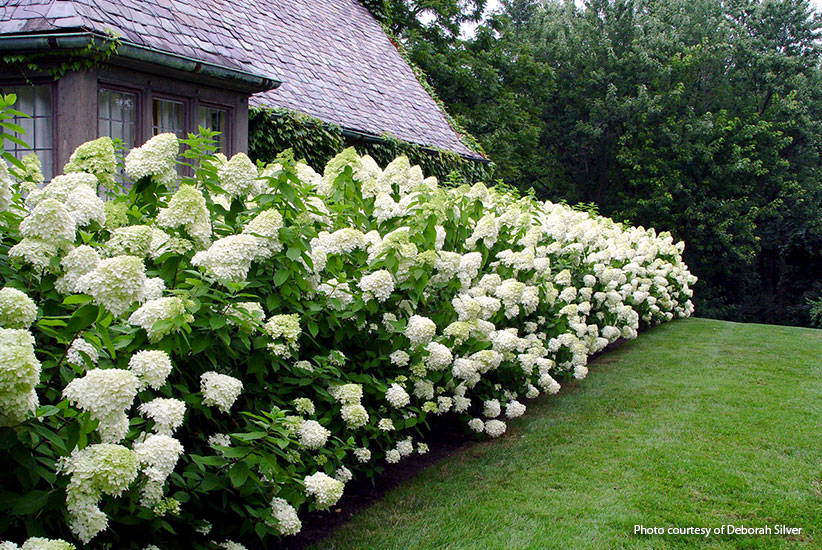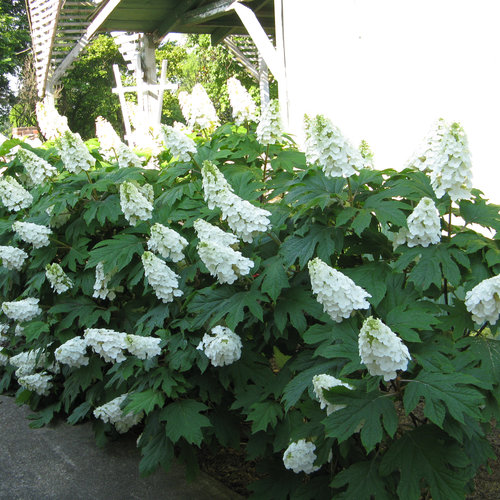The Original Hydrangea: The History And Cultivation Of This Beautiful Flower
Hydrangeas are some of the most popular flowering plants in the world, known for their large, showy blooms that come in a wide range of colors. But did you know that hydrangeas have a long and fascinating history?
In this blog post, we will explore the history of hydrangeas, from their origins in Asia to their cultivation in Europe and North America. We will also discuss the different types of hydrangeas, their symbolism, and how to care for them in your garden.
The Origins of Hydrangeas
The earliest known hydrangea fossils date back to over 40 million years ago, and they have been found in both Asia and North America. This suggests that hydrangeas are native to both continents, and that they have been around for a very long time.
The first hydrangeas to be cultivated were in Japan, where they have been grown for centuries. In Japanese culture, hydrangeas are associated with love, gratitude, and good luck. They are often used in traditional Japanese gardens, and they are also a popular subject of Japanese art and poetry.
Hydrangeas were introduced to Europe in the 17th century, and they quickly became popular among gardeners. In the 18th century, hydrangeas were introduced to North America, and they have been grown here ever since.
Types of Hydrangeas
There are over 70 species of hydrangeas, and they come in a wide range of shapes, sizes, and colors. Some of the most popular types of hydrangeas include:
- Mophead hydrangeas: These hydrangeas have large, round blooms that look like pom-poms. They are typically blue or pink, but they can also be white or purple.
- Panicle hydrangeas: These hydrangeas have tall, narrow blooms that resemble fireworks. They are typically white, pink, or purple, but they can also be red or yellow.

- Smooth hydrangeas: These hydrangeas have small, delicate blooms that are typically white or pink. They are a good choice for smaller gardens, and they can also be grown in containers.

- Oakleaf hydrangeas: These hydrangeas have large, lobed leaves and clusters of small, white blooms. They are a good choice for shady gardens, and they can also be grown in containers.

The Symbolism of Hydrangeas
Hydrangeas have a long history of symbolism in different cultures. In Japan, hydrangeas are associated with love, gratitude, and good luck. They are often used in traditional Japanese gardens, and they are also a popular subject of Japanese art and poetry.
In Western cultures, hydrangeas are often associated with feminine beauty and innocence. They are also sometimes used as a symbol of impermanence, as their colors can change depending on the acidity of the soil.
How to Care for Hydrangeas
Hydrangeas are relatively easy to care for, but they do have a few specific needs. They need full sun to partial shade, and they prefer moist, well-drained soil. Hydrangeas should be watered regularly, especially during the summer months.
To encourage flowering, hydrangeas should be fertilized in the spring and fall. You can use a balanced fertilizer, such as a 10-10-10 fertilizer.
Hydrangeas are susceptible to a few diseases, such as leaf spot and powdery mildew. If you see any signs of disease, you should treat the plant immediately with a fungicide.
With proper care, hydrangeas can be enjoyed for many years. They are a beautiful addition to any garden, and they make a great gift for any occasion.
The hydrangea is a beautiful flower that is native to both Asia and the Americas. It was first cultivated in Japan, where it is considered a symbol of good luck and prosperity. The original hydrangea, known as the Hortensia macrophylla, is a large shrub that can grow up to 10 feet tall. It has large, showy blooms that can be blue, pink, or white. The color of the blooms can vary depending on the acidity of the soil.
If you are interested in learning more about the original hydrangea, I suggest you visit . This website is a wealth of information about hydrangeas, including their history, cultivation, and care. You can also find a variety of hydrangea species and cultivars for sale on the website.
FAQ of the original hydrangea
Q: What is the original hydrangea?
A: The original hydrangea is a type of hydrangea that blooms twice a year, once in the spring and again in the fall. It is also known as the Endless Summer hydrangea because it can flower on old wood, even if it is cut back in the winter. The original hydrangea is a popular landscaping plant because it is relatively easy to care for and produces large, showy flowers.
Q: What color are the flowers of the original hydrangea?
A: The flowers of the original hydrangea can be pink, blue, or purple, depending on the acidity of the soil. In alkaline soils, the flowers will be pink. In acidic soils, the flowers will be blue. In neutral soils, the flowers will be purple.
Q: How do I care for the original hydrangea?
A: The original hydrangea is a relatively easy plant to care for. It prefers partial shade and moist, well-drained soil. It should be watered regularly, especially during hot, dry weather. The original hydrangea can be fertilized in the spring with a balanced fertilizer.
Q: How do I deadhead the original hydrangea?
A: The original hydrangea does not need to be deadheaded. However, if you want to remove the spent flowers, you can do so in the fall. Deadheading will encourage the plant to produce more flowers the following year.
Q: How do I propagate the original hydrangea?
A: The original hydrangea can be propagated by taking cuttings in the spring or summer. To take a cutting, make a clean cut just below a node. Remove the lower leaves from the cutting and dip it in rooting hormone. Plant the cutting in a pot of moist potting mix and keep it in a warm, shady location. The cutting should root in about 4-6 weeks.
Image of the original hydrangea
5 different images of "the original hydrangea" from Pinterest:
- A white hydrangea in full bloom, with large, round flowers.

- A pink hydrangea in full bloom, with smaller, more delicate flowers.

- A blue hydrangea in full bloom, with flowers that range in color from light blue to deep purple.

- A green hydrangea in full bloom, with flowers that have a slightly lime green color.

- A mix of pink, blue, and white hydrangeas in full bloom, with flowers of all sizes and colors.

Post a Comment for "The Original Hydrangea: The History And Cultivation Of This Beautiful Flower"